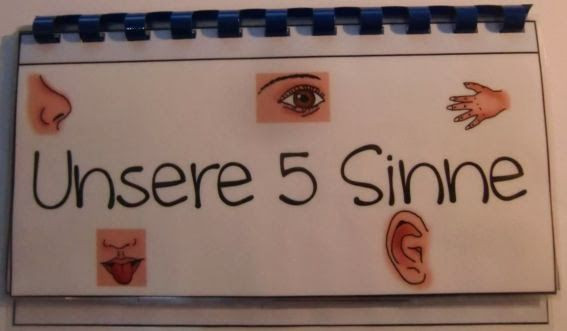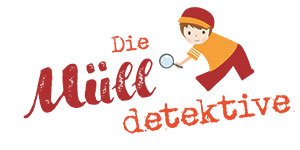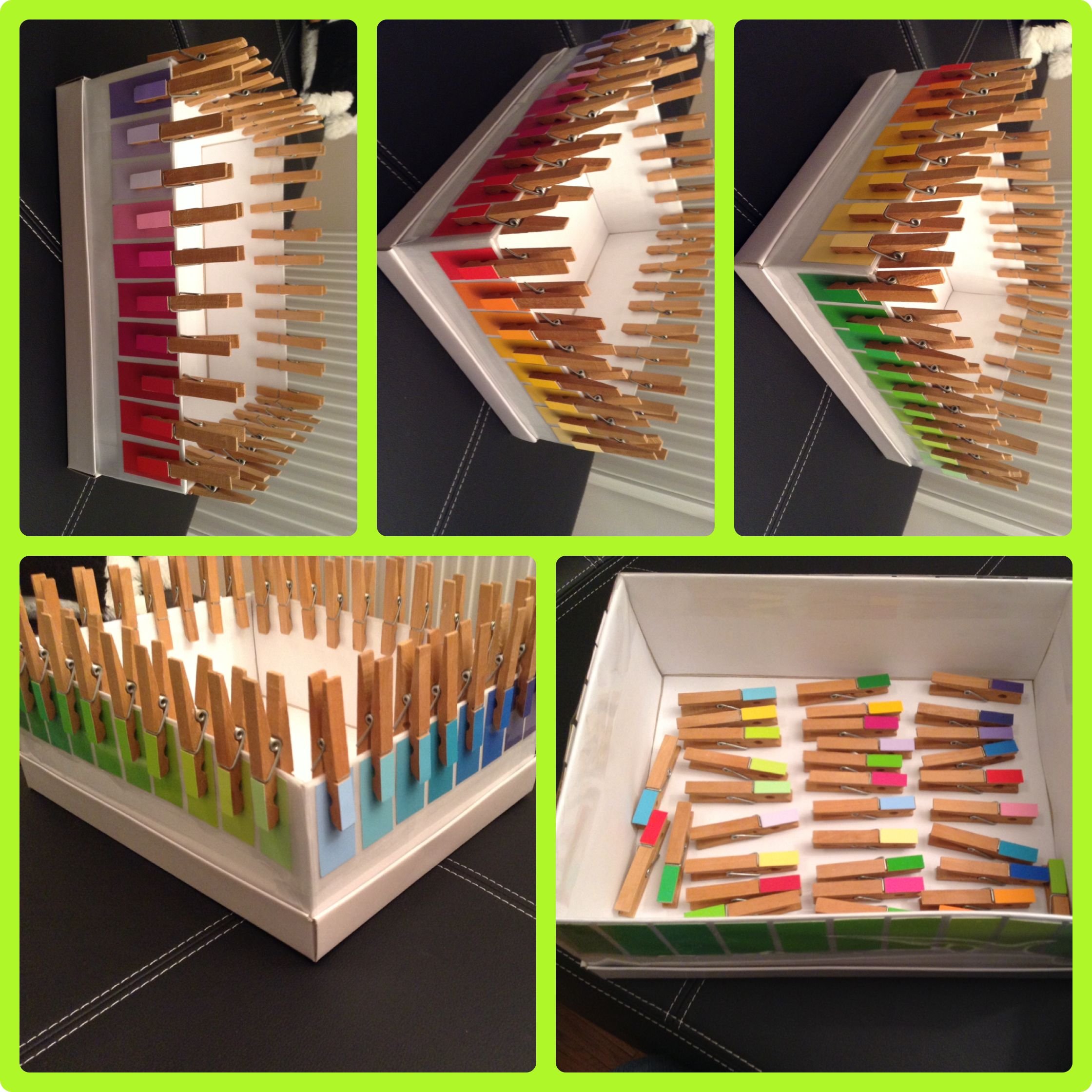In order to prepare the kindergarten children for their role as road users, take a pedestrian driving license with them. There are good reasons for children to only obtain a bicycle license in the fourth year of school. The children are only able to take active part in road traffic at the age of 8 to 9 years. Before that, the children’s perception and ability to react were not yet sufficiently developed to react appropriately to the diverse impressions of traffic. Nevertheless, there are children who go to kindergarten alone at the age of 5, or the after-school children who have to master their way to school on their own. With these children you have to practice the correct behavior in traffic.
The pedestrian driving license for daycare center children
Therefore, get a pedestrian driving license with the children. For this purpose, divide your protégés into groups with a maximum of 10 children each. If the group is larger, the mutual distraction is too great. For the entire project, you plan 5 units that take place weekly. The project ends with a pedestrian test and is rewarded with a pedestrian driving license. You can design the pedestrian driving license yourself and offer the children a nice reminder of this project. Taking the exam with a police officer increases the importance of the action. In every major city there are police officers who are assigned to work with children and young people. Contact your local police department. Design the units as follows:
You may be interested in this free download

Confirmation of drug administration
1st unit: We in road traffic
First, discuss with the children what is part of road traffic: cars, cyclists, motorcyclists and trucks, pedestrians, crosswalks, traffic lights, street and traffic signs and street lamps. You then put all of this in a collage on paper and hang it up.
2nd unit: I am seen well
Prepare the following for this unit:
- Reflectors for attaching or transferring
- a satchel with a reflective surface
- a child with a dark jacket
- a child with light clothing
- a floor lamp
Now do exercises with the children to learn how they can best be seen in the dark. This is particularly effective if you can do the exercises outdoors in the dark. If this is not possible, darken a large room. Put up a floor lamp to imitate a street lamp.
Now let the two children with the light and dark clothes come out of the dark into the light of the lamp. The other children must make a call to make it clear which child they see first.
You can vary the exercise by letting the children run from the dark into the light with and without reflectors / reflective satchels. The children learn that the best way to be seen in the dark is to wear light-colored clothing or clothing with reflective surfaces.
3rd unit: The sidewalk
This unit is all about the sidewalk by dividing the walkway into two parts (with chalk or a rope). One part marks the uncertain one
Side, near the road, and the other part marks the safe side, far from the road. Now walk on the safe side with the children and have them repeat: "I’m on the safe side."
4th unit: We stop at the edge of the road
This is a preliminary exercise to cross the road and is particularly important because many children do not stop at the edge of the road in time. Through many environmental impressions or other children they are often distracted. Mark the curb as a stop line with a thick red chalk line.
Now every child has to stop and shout out loud: "Stop, I’ll stop here." Test the kids! Try to tempt the children by shouting to cross the street without looking.
5th unit: Cross the street
First repeat the last exercise, which is the preliminary stage to this exercise. Now explain to the children that the 1st danger (e.g. a car) comes from the left, so let’s first look to the left. Then we look to the right. To make sure that no car has come in the meantime,
let’s look left again. If no vehicle comes, we go.
Practical tip: Since kindergarten children often cannot distinguish between right and left, draw a dot on their left hand so that they can tell the two directions apart.
We get the pedestrian driving license
Now go with the police and the children a manageable route (e.g. the way to school). Everything the children have learned in the previous units, they must apply. If the children can do this and can explain to the police officer, whereupon if you have to pay attention in the dark, you will get your pedestrian driving license, which is a very special document with the stamp of the police.
RELATED ITEMS
-

Project sense kindergarten – chantal furniture
Project senses kindergarten project senses, project senses perception, project senses goals, project senses in daycare, project senses elementary school, project…
-

The garbage detectives kindergarten project kindergarten nature education garbage avoidance
The project "The garbage detectives – daycare children are getting active" introduces the problem of ‘disposable plastic’ to the little ones in a playful way – take part! The…
-

Project fairy tale for kindergarten
Out and about in Wonderland: New projects for the kindergarten year (1st class / preschool) New projects for the kindergarten year (1st….
-

46 Inspiration for project colors kindergarten ideas
They want to remodel their home, we now have several inspiring ideas for designing project colors kindergarten ideas for you. If you…
